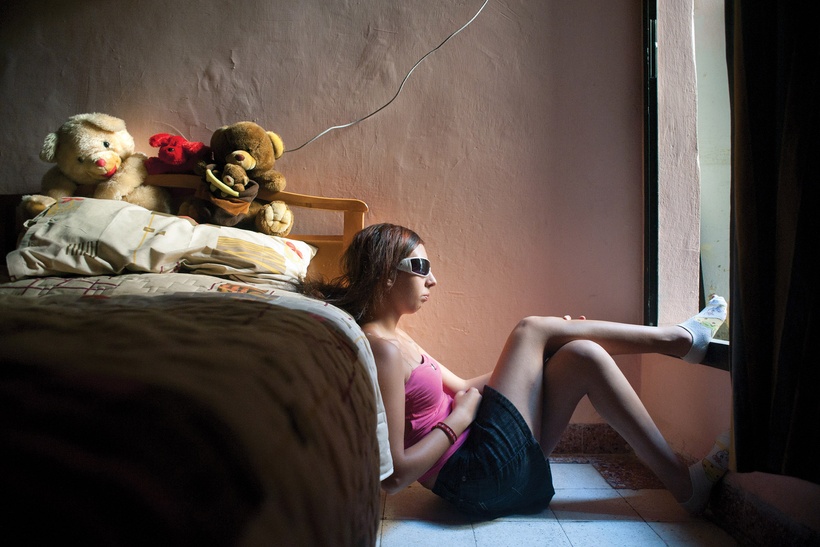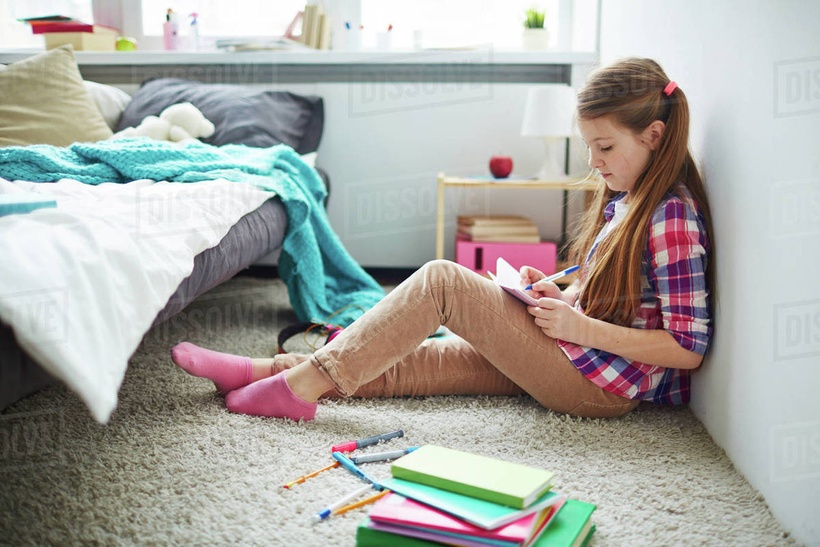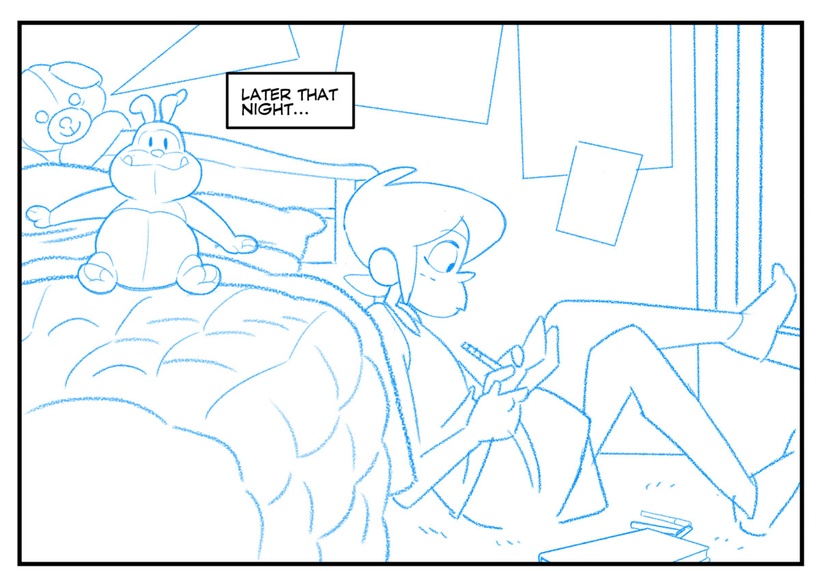Whenever I am mentoring anyone on drawing comics, I make a point to remind them that there is no such thing as cheating in art. Cartoonists should use every tool and trick available to them, especially in the service of telling a good story.
Photo reference is a wonderful and powerful tool and I’m always surprised to learn just how many people consider it “cheating.”
I don’t know of one professional cartoonist that doesn’t use photo references for their work. Over at Helioscope Studios, a cartoonist enclave in Portland, asking a studio mate to strike a pose so you can snap a quick photo is commonplace.
Drawing from reference, whether it’s a photograph, live model or a reflection from a mirror attached to your drawing table is an age-old practice. It’s not cheating. It is, in fact, one of the more versatile tools in your tool belt.
I recently used photo reference to help me compose a panel in my upcoming Table Titans graphic novel.
The script describes the shot as follows:
“We cut to Kate in her bedroom after school. She’s ultra-focused on the work at hand, filling out a character sheet with the player’s handbook lying next to her.”
I look for photo reference in a couple of places; Google image search, and various stock photo sites. I also find Pinterest to be a wealth of good photo reference (and character design reference, but that’s for another post).
Although initially, I pictured Kate on her bed, I came across two different photos that had young girls on the floor leaning up against their beds and I really liked that idea.


I decided to combine elements from both of these photos into my final panel and this is what I came up with:

Photo reference is a tried and true technique for cartoonists. Do not be afraid to snap photos of friends, pull a face in a mirror, or hunt down several reference photos from the web and Frankenstein them together to help you tell your stories.
It’s a wonderful tool and it’s most definitely NOT CHEATING.
-Side note: To learn how one of the greatest painters in history used optical tools to help him capture the illusion of light and for a primer on how there’s no cheating in art, watch the fascinating documentary “Tim’s Vermeer.“
